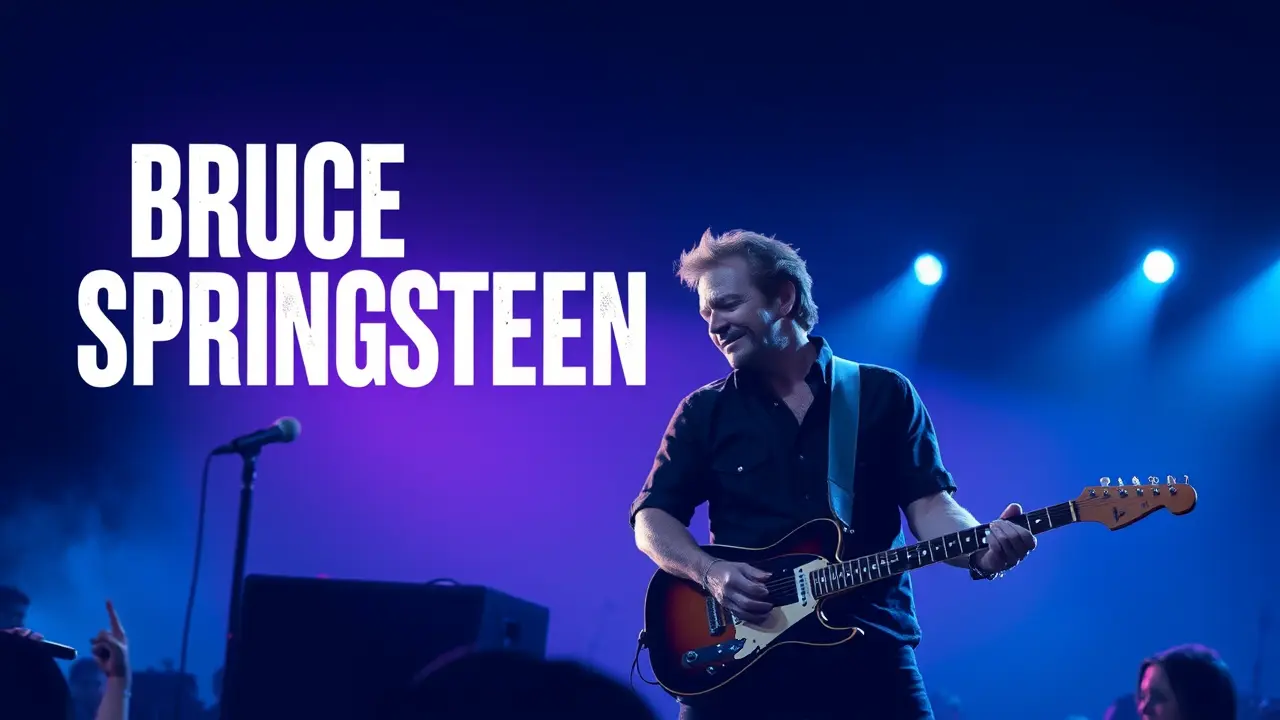
Entertainmentbox office
Bjarke Ingels Group opens vertical film studio in New York.
AM
Amanda Lewis
8 hours ago7 min read1 comments
In a move that fundamentally reconfigures the cinematic landscape of New York City, the Bjarke Ingels Group has unveiled Wildflower Studios, a pioneering vertical film studio in Astoria, Queens, effectively stacking the traditionally sprawling, horizontal sound stage into a compact, soaring monument to urban ingenuity. This isn't merely another building; it's a narrative in steel and glass, a plot twist in the long-running saga of New York's relationship with filmmaking, a city that has always played itself but rarely had the dedicated, state-of-the-art infrastructure to match its star power.For decades, the quintessential image of a film studio has been the vast, warehouse-like structure, a horizontal plane of creative possibility stretching across acres of land—think the legendary backlots of Hollywood's Golden Age or the sprawling complexes dominating Atlanta's modern production boom. BIG, true to its name and its founder's penchant for 'hedonistic sustainability,' has looked at this entrenched typology and asked, 'Why not?', compressing that immense footprint into a vertical sequence where production offices, workshops, and sound stages are stacked with the precision of a cinematic narrative arc, each floor a new scene in the production process.The location itself is symbolic; Astoria has been a silent character in film history since the days of Paramount's East Coast operations in the 1920s, a neighborhood with celluloid in its soul, and Wildflower Studios represents a profound homecoming and a radical modernization, planting a high-tech flag in historically fertile ground. The architectural language is pure BIG—playful yet purposeful, with a facade that likely eschews bland uniformity for a form that responds to its function, perhaps with cantilevers that create column-free sound stage interiors or strategically placed apertures that flood collaborative spaces with natural light, a deliberate departure from the windowless, hermetic boxes of traditional studios.One can analyze this project through the lens of a film critic: the establishing shot is New York's desperate need for sound stages to combat runaway production to tax-incentive-rich locales; the conflict is the extreme scarcity and cost of land; and the resolution, the climax, is this vertical stack, a deus ex machina delivered by architectural brilliance. The implications are staggering, potentially setting a new global precedent for cultural production in dense, land-starved megacities from Tokyo to London, where the creative industries are vital economic drivers but physical space is a premium commodity.We must consider the performers in this drama—not just the actors who will walk its stages, but the architects, the developers, the city planners, and the community of Queens, all of whom have a stake in this production. The critical reception, much like for a bold new auteur's film, will be mixed; some will hail it as a visionary leap, a necessary evolution for a industry in flux, while others may critique its scale or its environmental footprint, questioning whether such intensive verticality can truly replicate the collaborative serendipity of a horizontal campus.Yet, the underlying theme is one of adaptation and resilience. In an era defined by streaming wars and content saturation, the very vessel for creating that content is being reinvented. Wildflower Studios is more than a building; it's a statement about the future of storytelling, asserting that the place where dreams are manufactured must itself be dreamt anew, a vertical reel reaching for the sky, ready for its close-up.
#featured
#architecture
#film studio
#New York
#Bjarke Ingels Group
#vertical design
#Wildflower Studios
Stay Informed. Act Smarter.
Get weekly highlights, major headlines, and expert insights — then put your knowledge to work in our live prediction markets.
Related News
© 2025 Outpoll Service LTD. All rights reserved.

